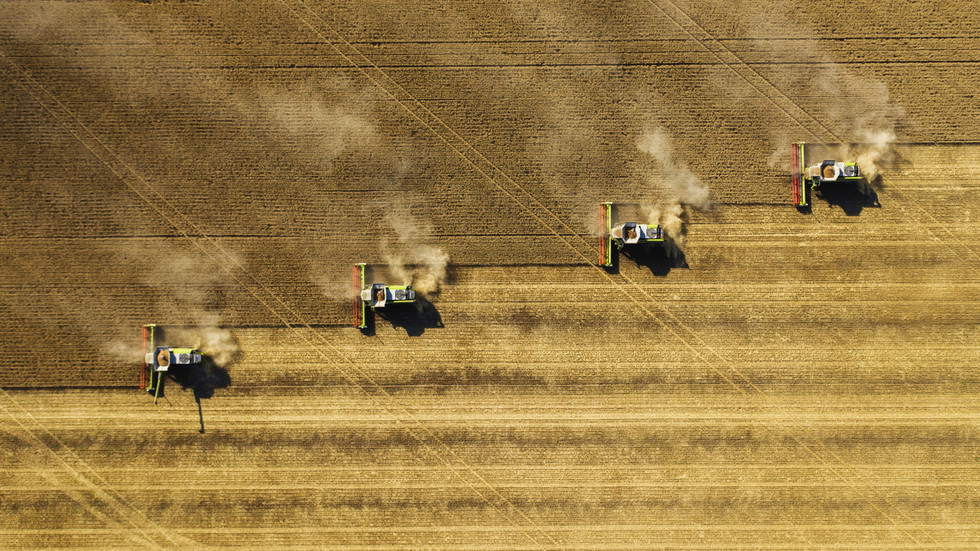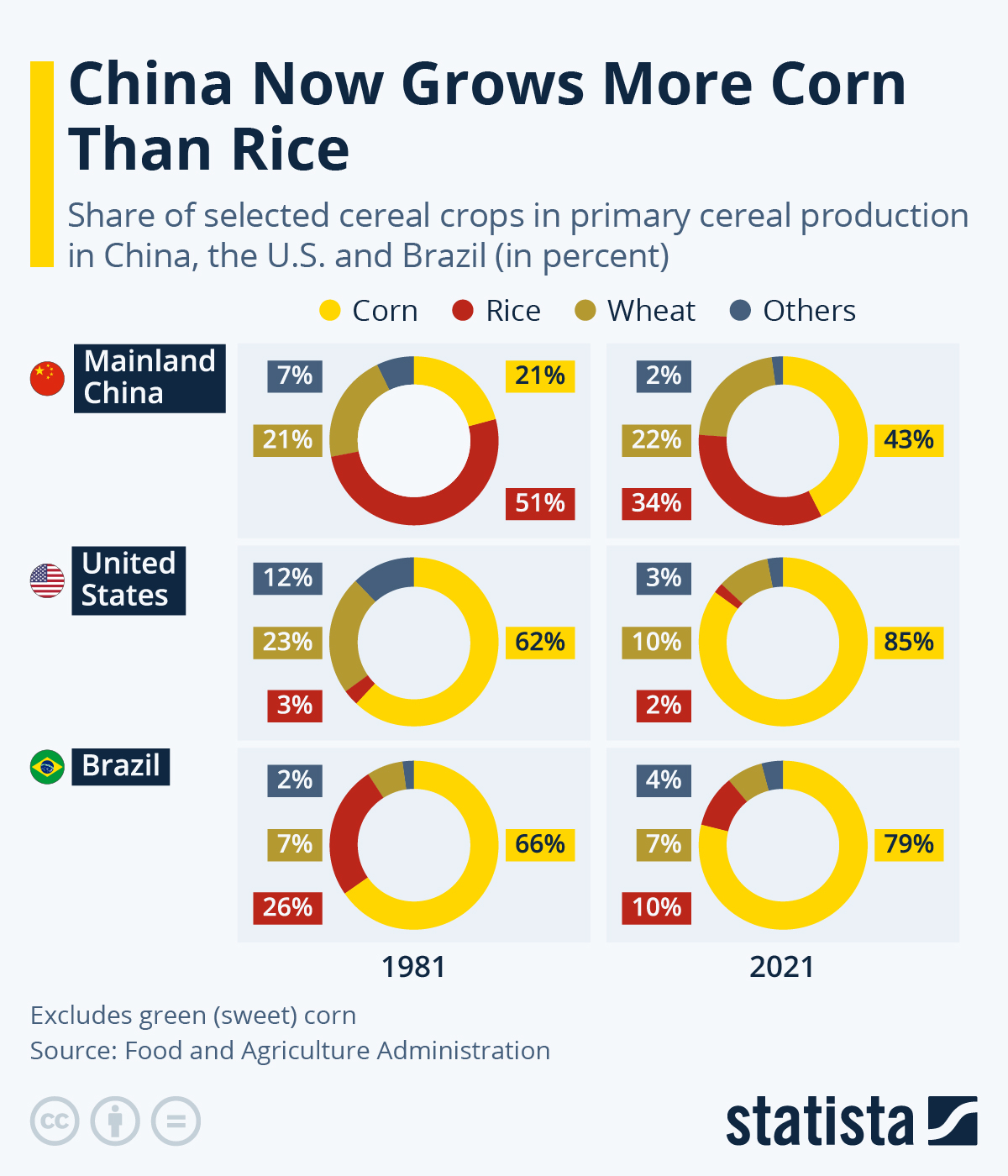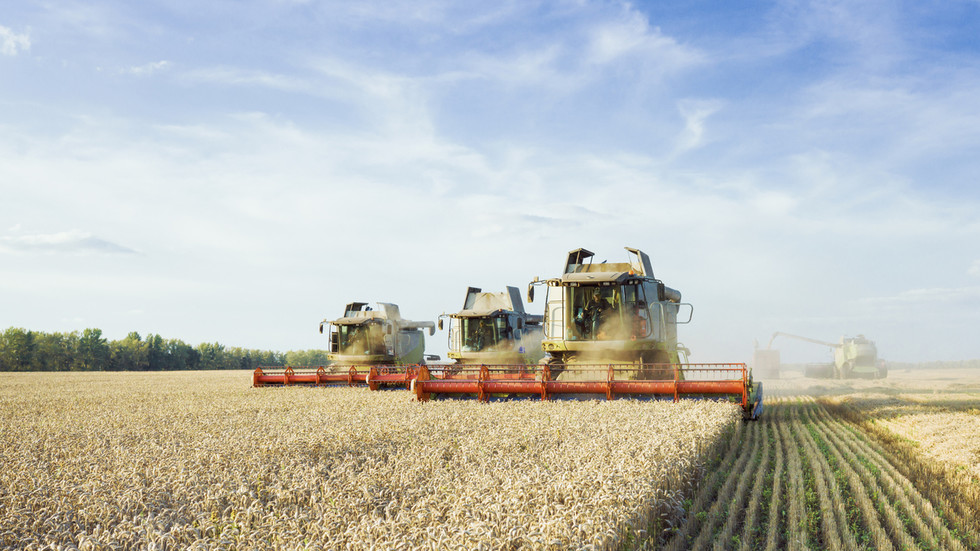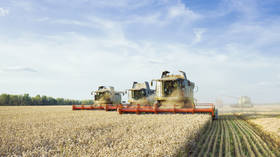I just saw this and apparently Russia is expecting a good grain crop this year. This would be a good thing
I found this article from February: Experts of Russian grain market voice first forecasts of grain production in 2022
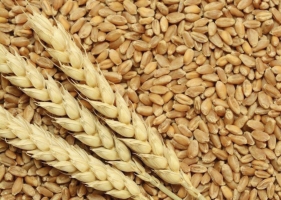
 www.apk-inform.com
www.apk-inform.com
Russia having a good grain harvest this year, will make Russia an even more attractive partner to deal with. Something which the BRICS+ and the NAM (Non-aligned Movement) countries will be happy to do, not least in light of possible coming food shortages.
I found this article from February: Experts of Russian grain market voice first forecasts of grain production in 2022
AND, here is a fresh article, which paints an even rosier picture and in the same vein as the Tweet.Experts of Russian grain market voice first forecasts of grain production in 2022
Source
APK-Inform
2671
11:43 | Feb 9, 2022
Experts of Russian grain market voice their first forecasts of grain production in 2022 expecting higher output. At the same time, the weather factor should be watched as the massive snow cover combined with warm weather generate the risk of formation of ice coating and winterkilling to crops, informed Интерфакс.
Vladimir Petrichenko, general director of ProZerno, forecasts grain crop at 130.2 mln tonnes in 2022, including 83 mln tonnes of wheat.
“This figure is based on very good condition of winter crops”, – he said adding that the area under winter grains was reduced, however, the harvesting are would be higher than the year ago.
Igor Pavensky, head of the analytical center at Rusagrotrans JSC, expects higher grain production as well.
“There are risks of formation of ice coating, overwatering of fields after snow melting, dry conditions in May-June”, – he said forecasting wheat crop at 81.4 mln tonnes, – “If the risks would not come true, the production of wheat may reach 83-84 mln tonnes. We pegged the overall grain crop at 128 mln tonnes”.
Russian Grain Union forecasts grain production in Russia in 2022 at 125-127 mln tonnes, including 81 mln tonnes of wheat.
Alexander Korbut, vice-president of Russian Grain Union, also pointed out the risks of ice coating that can badly hurt winter crops.
According to preliminary official data, Russia harvested 120.7 mln tonnes of grain, including 75.9 mln tonnes of wheat in 2021.

Russia to harvest record wheat crop
Russia will harvest 87 mln tonnes of wheat in 2022, up from a record 86 mln tonnes produced in 2017, forecasts Elena Turina head of analytics department of Russian Grain Union.
In that light it makes even less sense that Russia is stealing grains from Ukraine. It appears that it is rather NATO countries which are stealing the grains from Ukraine.Russia to harvest record wheat crop
Source
APK-Inform
1003
09:26 | May 6, 2022
Russia will harvest 87 mln tonnes of wheat in 2022, up from a record 86 mln tonnes produced in 2017, forecasts Elena Turina head of analytics department of Russian Grain Union.
Particularly, winter wheat crop will reach 64 mln tonnes compared to 53 mln tonnes in 2021.
As to the spring planting, she mentioned quite positive dynamics.
She gingerly pinned the total production of grains and pulses at 130 mln tonnes.“Today, most of regions, particularly, in Siberia, Volga, central part are going to extend planted area under spring crops. Russia produced 23 mln tonnes of spring wheat last year. The crop can reach 23.5 mln tonnes in 2022. Thus, the overall production of wheat will exceed 87 mln tonnes”, – E. Turina said.
Russia having a good grain harvest this year, will make Russia an even more attractive partner to deal with. Something which the BRICS+ and the NAM (Non-aligned Movement) countries will be happy to do, not least in light of possible coming food shortages.







